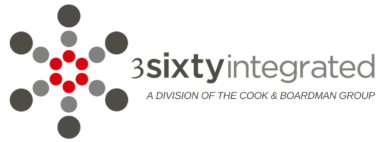COVID-19 has drastically changed our society’s perspective on health and safety practices for organizations. This pandemic has created an abrupt wake-up call in our community and around the world. Only with collective efforts, can we play a role in halting the progression of this virus and protecting our community.
Now is the time for risk mitigation, safety and security. COVID-19 has forced organizations to radically rethink how they operate, in particular when it comes to their resilience to externalities. Eliminating physical contact, precisely controlling the flow of people and remotely managing physical security systems will be essential components to a stronger physical security infrastructure.
So, what are some of the best practices security professionals can do today to adapt to this new reality?
1. Strategic Approach to Visitor Management
Most companies, schools and organizations have switched to remote work, while others like hospitals and grocery chains are facing a dramatic increase in visitors. These rapid changes to our work environments present new challenges to maintaining secure facilities.
By obtaining full control over who enters your premises, you can take preventive actions to minimize physical contact and improve onsite safety. A visitor management system with a strategic implementation policy could help enable proactive onsite screening measures to protect against the spreading coronavirus.
Here are some questions to consider when developing your policies:
- What are your rules for allowing and not allowing visitors into your building?
- How could you grant access to your facility with the least amount of physical contact?
- How could you limit proximity and the number of visitors to comply with new regulations?
Depending on your organization’s rules for access, it is also important your business policies and procedures simultaneously support your access control technology. Security providers can help direct organizations to the right technology that can assist with changing policies and security expectations.
2. Rethink Your Access Control System
With so much transition in the world, an access control system that provides threat mitigation is crucial. While most of your team may be working remote right now, there may be people who still need access to your facility at staggering times. Also, new challenges to daily operations post-coronavirus may require your access control system is designed with flexibility and integrity in mind.
Some questions for your organization to consider:
- Does your organization have different user groups who need to access the building at different times?
- Have your time schedules changed for door access?
- Are you notified if unauthorized people are attempting to access your facility?
- What is the current daily alarm schedule? How will that be affected?
A good recommendation to practice is to audit access privileges for each of your buildings to make sure your system is up-to-date and in line with the current circumstances. Taking the time to review access settings should be your first step to protecting your employees and visitors.
3. Remote Support from Your Security Provider
Now more than ever, the ability to leverage remote services and support is essential to continue almost all daily business functions, including security. Whether your organization is in the works to design an upcoming project, complete an installation, or simply looking for confidence your system’s performance, a security integrator who can remotely design, install and service your system can help ensure you are covered.
At 3Sixty Integrated, we use SiteOwl, a security system management software that transforms the way we serve our customers. SiteOwl has an integrated suite of mobile and cloud-based applications that provides our customers with unparalleled visibility, control and efficiency.
With SiteOwl, we can help our customers remotely…
- Design systems using digital floorplans and ‘drag and drop’ digital design tools to place devices, such as cameras, readers, panels, etc. Our customers can instantly verify, approve and/or change these designs automatically by simply logging onto SiteOwl.
- Verify our device installations with individual pictures of every device installed along with additional information of what our technicians installed each device, date, serial numbers, warranty information, etc. Our customers have immediate access to this information in real-time to ensure installations are progressing as planned and according to their standards.
- Efficiently manage multiple security systems and up to thousands of devices. SiteOwl’s dashboard provides an entire system (multi-location) overview down to specific floors of a building. Our customers have quick access information to system information like number of devices operational/non-operational, number of devices in service, number of devices pending installation, etc.
- Swiftly monitor and resolve service issues via detailed service dashboard and a quick, digital ticketing system (no calls into service dispatch).
A remote solution like SiteOwl allows customers and security integrators to collaborate effectively and easily, in turn saving everyone time, effort and money. Security providers must be able to accommodate to this changing environment and ensure your system nor the safety of your organization is disrupted.
Now is the time to get work done and strengthen proactive security efforts in this changing environment. It all starts with a conversation.
Let’s talk: How has the coronavirus outbreak affected you and your organization?
More sources on electronic security:
Top 8 Trends to Watch in Security Integration
How To Create A Corporate Physical Security Strategy
The Top 5 Mistakes Made When Choosing Electronic Door Components

